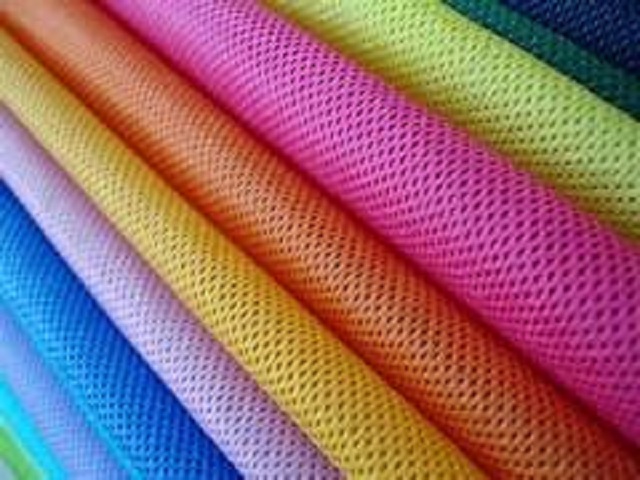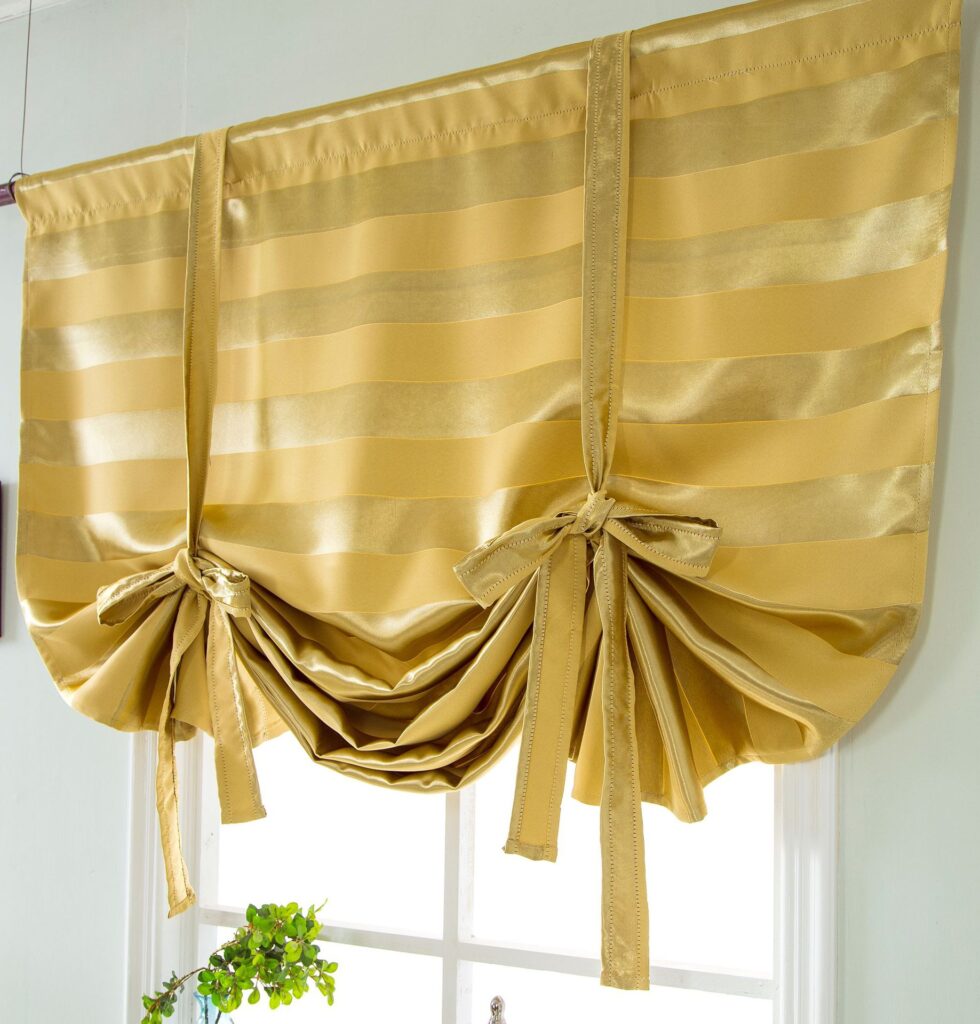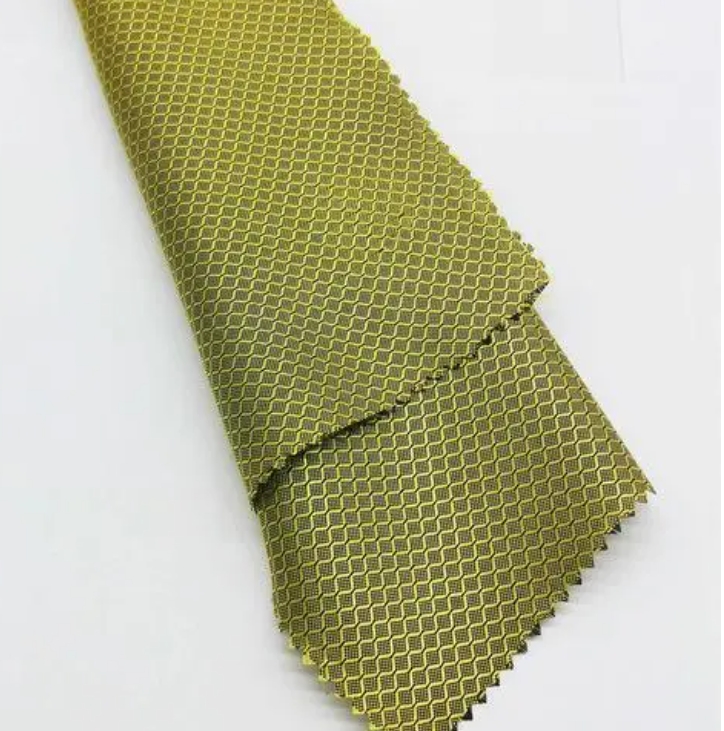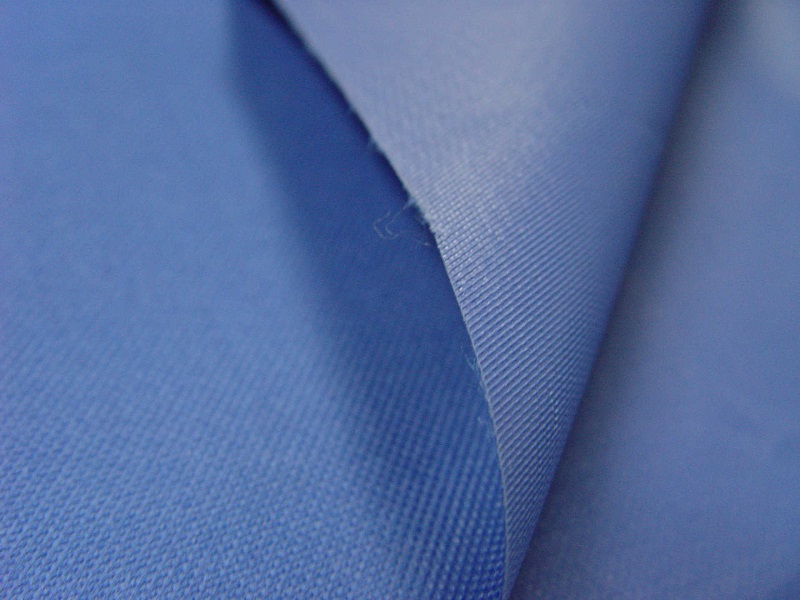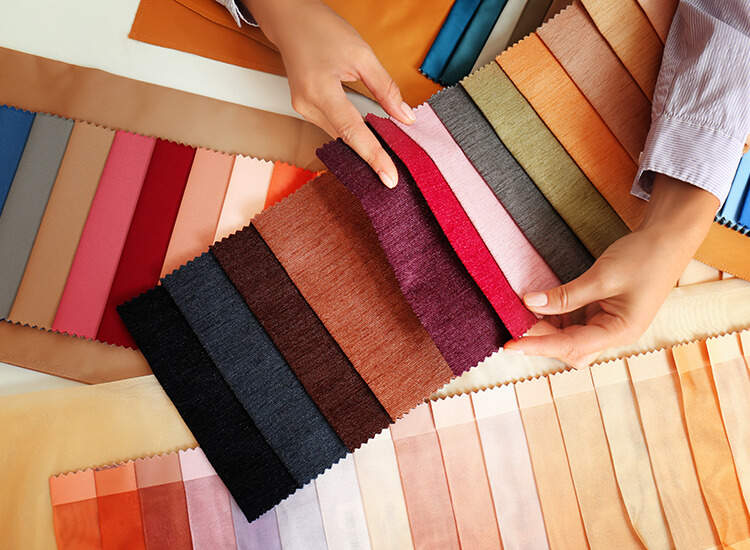This comprehensive exploration delves into the rich history and modern developments of synthetic fabrics, analyzing their pivotal role in contemporary textile industries. From the early innovations that revolutionized the concept of fabric production to the diverse range of applications across various sectors, this study offers a nuanced understanding of the multifaceted world of synthetic textiles.
Introduction
In the dynamic world of textiles, the evolution of synthetic fabric stands as a testament to human ingenuity and the relentless pursuit of innovation. From the early days of textile production to the present, the development of synthetic fabrics has transformed the way we think about materials, fashion, and functionality. With an array of applications across industries, synthetic fabric continues to redefine the possibilities of modern design and manufacturing. This comprehensive overview seeks to uncover the origins, significance, and profound impact of synthetic fabrics in our contemporary world.
Understanding Synthetic Fabric: Origins and Significance
The story of synthetic fabric is one that intertwines human curiosity, scientific breakthroughs, and the quest for better materials. Originating from the need to find alternatives to natural fibers, synthetic fabrics emerged as a solution to various challenges faced by traditional textile manufacturing. By understanding the origins of synthetic fabric, we gain insight into the driving forces behind its creation and the unique characteristics that set it apart from its natural counterparts. This section delves into the fundamental motivations behind the development of synthetic fabrics and their significance in the context of modern industrial and consumer needs.
Historical Evolution of Synthetic Fabrics
Early Innovations and Breakthroughs in Fabric Technology
The early days of fabric technology witnessed a series of pivotal breakthroughs that laid the foundation for the eventual rise of synthetic fabrics. From the mechanization of textile production during the Industrial Revolution to the experiments with artificial fibers in the late 19th century, each step contributed to the gradual shift from reliance on natural materials to the exploration of synthetic alternatives. This section explores the key milestones that propelled the textile industry toward a new era of innovation and experimentation, ultimately leading to the birth of synthetic fibers.
The Emergence of Synthetic Fibers: A New Era in Textile Production
The emergence of synthetic fibers marked a groundbreaking chapter in the history of textile production. It signaled a departure from the limitations imposed by natural fibers, offering manufacturers a wide array of possibilities in terms of durability, versatility, and performance. The discovery and refinement of materials such as polyester, nylon, and acrylic ushered in an era of transformative change, enabling industries to create fabrics that were not only cost-effective but also tailored to specific functional and aesthetic requirements. This section examines the transformative impact of synthetic fibers on the textile industry and their pivotal role in shaping contemporary material culture.
Types of Synthetic Fabrics
Synthetic fabrics have revolutionized the textile industry, offering a diverse range of materials with unique properties and applications. Understanding the distinct characteristics of each synthetic fabric is crucial for leveraging their strengths in various domains, from fashion to industrial applications. Below are some of the notable synthetic fabrics that have made a significant impact:
Polyester: Properties and Applications
Polyester, known for its exceptional durability and wrinkle resistance, has become a staple in the world of textiles. Its remarkable ability to retain shape and resist shrinking makes it an ideal choice for garments and home furnishings. Additionally, polyester’s moisture-wicking properties have led to its widespread use in sportswear and outdoor gear, making it a reliable option for those seeking both comfort and performance in their clothing.
Nylon: Versatility and Durability in Textiles
Nylon, renowned for its high strength-to-weight ratio and exceptional abrasion resistance, has found its way into various industries, from fashion to industrial applications. Its versatility and durability make it a popular choice for producing a wide range of products, including clothing, hosiery, and even parachutes. Additionally, its ability to be easily dyed in vibrant colors has contributed to its prominence in the fashion world, where it is often used for creating bold, statement pieces that stand the test of time.
Acrylic: Exploring Its Role in the Modern Textile Industry
Acrylic, recognized for its softness and wool-like texture, has gained popularity as an alternative to natural fibers such as wool. Its lightweight nature and resistance to sunlight and mildew make it an excellent choice for outdoor furniture, awnings, and upholstery. Moreover, its ability to retain vibrant colors without fading has positioned it as a preferred material for creating visually appealing and long-lasting textiles, catering to the demands of both residential and commercial markets.
Polypropylene: Characteristics and Emerging Uses
Polypropylene, celebrated for its exceptional chemical resistance and thermal stability, has witnessed a surge in demand across various industries. Its lightweight nature and moisture-wicking properties have made it a preferred choice for producing activewear, base layers, and thermal underwear. Furthermore, its resistance to stains and abrasion has led to its application in the manufacturing of carpets and rugs, offering consumers a durable and easy-to-maintain flooring solution.
Other Notable Synthetic Fibers: Their Distinctive Features
Apart from the widely recognized synthetic fabrics such as polyester, nylon, acrylic, and polypropylene, there exists a spectrum of other synthetic fibers each with its distinctive features and applications. Some of these fibers include spandex, known for its exceptional stretchability, and rayon, recognized for its silk-like appearance and breathability. Understanding the unique properties and applications of these synthetic fibers allows for the creation of a diverse range of textiles that cater to specific consumer needs and preferences.
Manufacturing Processes of Synthetic Fabrics
Understanding the intricate processes involved in the manufacturing of synthetic fabrics is essential for comprehending their diverse applications and the distinct properties they offer. These processes encompass a range of techniques and methodologies that contribute to the production of high-quality textiles. Below are the key manufacturing processes that play a crucial role in the creation of synthetic fabrics:
Spinning Techniques and Production Methods
Spinning techniques form the foundation of fabric production, where raw materials are transformed into yarns that serve as the building blocks for various textile products. In the case of synthetic fabrics, specialized spinning techniques are employed to create fibers with specific properties, such as strength, elasticity, and resistance to various environmental factors. These spinning methods, including melt spinning and wet spinning, ensure the precise formation of synthetic fibers, enabling manufacturers to produce textiles that meet stringent quality standards and cater to diverse consumer needs.
Chemical Processes and Polymerization in Fabric Manufacturing
The chemical processes involved in the manufacturing of synthetic fabrics are intricate and require a comprehensive understanding of polymerization and other complex reactions. Polymerization, a key step in the production of synthetic fibers, involves the bonding of monomers to form long chains, resulting in the creation of polymers with distinct characteristics. These chemical processes are carefully controlled and monitored to ensure the desired properties of the synthetic fabrics, such as durability, flexibility, and resistance to wear and tear, are achieved consistently.
Applications of Synthetic Fabrics
The versatile nature of synthetic fabrics has led to their widespread adoption across various industries, each benefiting from the unique properties and functionalities these materials offer. From the apparel industry to specialized technical applications, synthetic fabrics have revolutionized the way we approach design and manufacturing. Below are some of the key areas where synthetic fabrics have made a significant impact:
Apparel Industry: Impact and Adaptations of Synthetic Textiles
In the apparel industry, the integration of synthetic textiles has redefined the concept of modern clothing. From high-performance sportswear to everyday wear, synthetic fabrics offer a range of benefits, including moisture-wicking capabilities, breathability, and stretchability, ensuring comfort and durability for consumers. The adaptability of synthetic textiles in creating versatile and stylish apparel has transformed the fashion landscape, allowing designers to innovate and cater to evolving consumer preferences while ensuring optimal functionality and comfort.
Technical Textiles: Utilizing Synthetics in Specialized Applications
Synthetic fabrics play a crucial role in the realm of technical textiles, where their unique properties are harnessed to meet specialized requirements across industries such as healthcare, aerospace, and automotive. These textiles are engineered to fulfill specific functions, including providing protection against extreme temperatures, enhancing structural integrity, and ensuring safety and comfort in demanding environments. The utilization of synthetic fabrics in technical textiles underscores their critical role in advancing technological innovation and addressing complex challenges in various sectors.
Home Textiles and Furnishings: Enhancing Comfort and Durability
In the domain of home textiles and furnishings, synthetic fabrics have become integral to enhancing comfort, durability, and aesthetic appeal. From durable upholstery fabrics to stain-resistant carpets, synthetic textiles offer a wide array of options for homeowners and interior designers seeking long-lasting and visually appealing solutions. These fabrics are engineered to withstand daily wear and tear, resist fading, and maintain their structural integrity, providing consumers with practical and aesthetically pleasing choices that contribute to the overall ambiance and functionality of living spaces.
Industrial and Commercial Uses: Exploring Diverse Utilizations
Synthetic fabrics find extensive applications in industrial and commercial settings, where their resilience and adaptability are leveraged to address various operational needs. From protective gear and filtration systems to robust packaging materials and heavy-duty textiles, synthetic fabrics demonstrate their reliability and versatility in diverse industrial and commercial environments. The ability of synthetic textiles to withstand harsh conditions, resist chemicals, and offer customized solutions has positioned them as essential components in a wide range of industrial processes and commercial operations, contributing to increased efficiency, safety, and cost-effectiveness.
Challenges and Future Prospects
The proliferation of synthetic fabric production has brought about a range of challenges, prompting the industry to adopt sustainable practices and explore innovative solutions for a more environmentally conscious approach. Addressing these challenges and charting a sustainable path forward is crucial for the continued growth and evolution of the synthetic fabric sector. Key areas of focus include:
Environmental Concerns and Sustainable Practices in Synthetic Fabric Production
The environmental impact of synthetic fabric production has raised concerns regarding resource consumption, waste generation, and pollution. To mitigate these challenges, the industry is increasingly embracing sustainable practices such as recycling, waste reduction, and the use of eco-friendly materials. Efforts are also underway to develop more sustainable production processes, including the adoption of renewable energy sources and the implementation of water and energy-efficient technologies. By prioritizing eco-conscious initiatives, the synthetic fabric sector aims to minimize its ecological footprint and contribute to a more sustainable and responsible approach to textile manufacturing.
Innovations and Future Trends in Synthetic Fabric Technology
Anticipating the evolving demands of consumers and the need for enhanced performance, the synthetic fabric industry continues to invest in research and development to foster technological advancements and innovation. These efforts are geared towards pushing the boundaries of material science and engineering, enabling the creation of high-performance fabrics with enhanced functionalities and sustainability. Some of the key areas of innovation and future trends in synthetic fabric technology include the development of biodegradable and bio-based synthetic materials, the integration of smart and responsive textiles, and the exploration of advanced manufacturing processes that prioritize resource efficiency and waste reduction. By embracing these innovations, the industry seeks to stay at the forefront of technological progress and meet the evolving needs of a dynamic global market.
Conclusion
Recapitulation of the Role and Impact of Synthetic Fabrics in Contemporary Society
Synthetic fabrics have redefined the textile industry, offering a diverse range of materials that cater to a myriad of applications across various sectors. From enhancing comfort and durability in everyday apparel to enabling cutting-edge innovations in technical textiles, synthetic fabrics have become an integral part of contemporary society, shaping the way we interact with and perceive textiles. Despite the challenges posed by environmental concerns, the industry’s concerted efforts towards sustainable practices and technological innovation signify a commitment to responsible growth and a more eco-friendly approach to fabric production. As the demand for high-performance, sustainable textiles continues to rise, the role of synthetic fabrics in meeting these demands remains pivotal, highlighting their enduring significance in shaping the fabric of modern life.
